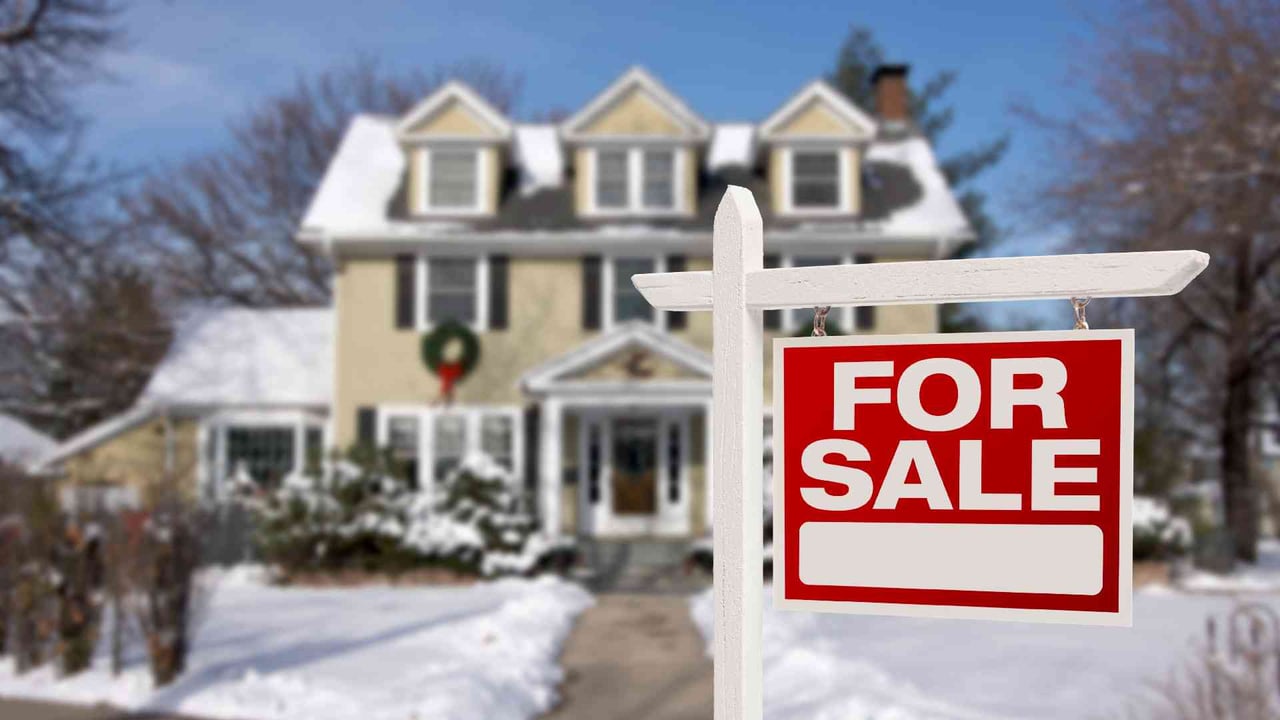When you're preparing to sell your Greenwich home, one of the most effective ways to ensure a smooth and seamless sale is to conduct a pre-listing inspection. This proactive step can help you uncover hidden issues, position your home more competitively on the market, and give you a clearer understanding of its condition.
Whether you're a seasoned seller or a first-time homeowner, understanding the importance of a pre-listing inspection is crucial. Read on to explore the process.
What is a Pre-Listing Inspection?
A pre-listing inspection is a comprehensive evaluation of your home conducted by a professional home inspector before you officially put it on the market. While many sellers wait until a buyer orders an inspection during the closing process, opting to have an inspection done upfront offers several advantages.
The pre-listing inspection gives the seller a detailed report on the home's condition, highlighting areas that may require repairs or maintenance. This allows the seller to proactively address concerns and be transparent with buyers about known issues. By identifying these problems early on, sellers can prevent surprises during the negotiation phase, streamline the selling timeline, and increase buyer confidence.
The pre-listing inspection gives the seller a detailed report on the home's condition, highlighting areas that may require repairs or maintenance. This allows the seller to proactively address concerns and be transparent with buyers about known issues. By identifying these problems early on, sellers can prevent surprises during the negotiation phase, streamline the selling timeline, and increase buyer confidence.
The Benefits of a Pre-Listing Inspection
There are several key reasons why a pre-listing inspection can be a game-changer in the home-selling journey.
Transparency and Trust
Today's buyers are savvy and often wary of hidden issues when purchasing a home. Conducting a pre-listing inspection allows you to present buyers with an upfront, honest picture of your home's condition. This transparency can build trust and reduce the likelihood of buyers being blindsided by post-offer inspection findings. When buyers know what to expect from the beginning, it often results in a more straightforward transaction.
Reduce the Risk of Deal Breakers
One of the most common reasons real estate deals fall apart is inspection-related surprises that come up during the buyer's inspection. By identifying and addressing potential problems in advance, you're reducing the risk of these deal-breaking issues arising after a buyer has already made an offer. This proactive approach can prevent the need for stressful renegotiations or price reductions down the line.
Enhancing Home Value
Once the pre-listing inspection is complete, you'll have a clear idea of which areas of your home might need attention. If there are extensive repairs that could affect the sale, you have the option to make those repairs before listing. This can enhance the value of your home and make it more appealing to buyers.
Better Pricing Strategy
Having a detailed pre-listing inspection report in hand allows you to set a more accurate and realistic asking price. If the inspection reveals that your home is in excellent condition, you can more confidently list it at the higher end of the market. On the other hand, if there are certain issues that you choose not to repair, you can adjust your price accordingly.
What Does a Pre-Listing Inspection Cover?
Foundation and Structure
The inspector will examine the foundation and structure of your home to identify any cracks, shifts, or other signs of instability. Structural issues can be costly and time-consuming to repair, so it's crucial to be aware of them upfront.
Roof
The roof's condition is one of the most critical aspects of any home inspection. The inspector will assess the age of the roof, check for leaks, damage, or missing shingles, and evaluate the overall integrity of the roofing system.
Plumbing
All plumbing components, including water supply lines, pipes, faucets, and toilets, will be checked for leaks, clogs, or other damage. The inspector will also assess the condition of your water heater and check for proper drainage around the home.
Electrical System
The electrical panel, wiring, outlets, and light fixtures will be inspected to ensure they are in proper working order and meet current safety standards. Electrical issues can pose serious safety risks, so addressing any problems found during this part of the inspection is crucial.
HVAC
Your heating, ventilation, and air conditioning units will be thoroughly evaluated. The inspector will check for proper functionality, age, and maintenance history. If any HVAC repairs or updates are needed, you'll have the opportunity to address them before listing.
Interior and Exterior
The general condition of the interior and exterior of the home will be evaluated, including walls, ceiling, floors, windows, siding, and landscaping. The inspector will look for signs of wear and tear, damage, or potential hazards.
Appliances
If appliances are included in the sale, such as refrigerators, ovens, or washers and dryers, the inspector will check their functionality to ensure they are in excellent working condition.
Preparing for a Pre-Listing Inspection
Before the inspection, you can take a few steps to ensure the process goes smoothly and efficiently.
Declutter Key Areas
Inspectors must have access to all major systems and features of your home, so be sure to declutter the spaces around the HVAC system, electrical panel, water heater, and other critical features. Clear pathways to ensure that the inspector can easily evaluate these spaces.
Provide Maintenance Records
If you've recently completed major repairs or routine maintenance, have these records available for the inspector. This documentation shows that you've taken proper care of your home and can help the inspector better understand the age and condition of certain systems.
Understanding the Inspection Report
Once the inspection is complete, the inspector will provide you with a detailed report of their findings. This report is typically broken down into different sections, highlighting the condition of various systems and noting any areas of concern. It's important to carefully review the report with your agent and understand which issues might need to be addressed before listing your Greenwich home for sale.
Not every item on the inspection report is a cause for alarm. Minor issues, such as a leaky faucet or a loose railing, can often be fixed quickly and inexpensively. Major problems, on the other hand, such as foundation cracks or roof damage, may require more extensive, time-consuming repairs. Understanding the difference between these types of issues will help you prioritize repairs and set realistic expectations for your buyers.
Not every item on the inspection report is a cause for alarm. Minor issues, such as a leaky faucet or a loose railing, can often be fixed quickly and inexpensively. Major problems, on the other hand, such as foundation cracks or roof damage, may require more extensive, time-consuming repairs. Understanding the difference between these types of issues will help you prioritize repairs and set realistic expectations for your buyers.
Deciding Which Repairs to Tackle
After reviewing the inspection report, your agent will help you decide which repairs are worth making before listing your home. In some cases, addressing significant issues can increase the value of your home and make it more appealing to buyers. However, in other cases, it may make more sense to disclose the issue to buyers and adjust the asking price accordingly.
Ultimately, the pre-listing inspection is a valuable tool that can streamline the selling process, reduce the risk of surprises, and give you greater control over your home sale. By understanding the condition of your home before listing, you can make informed decisions about repairs, pricing, and marketing, ultimately leading to a more successful sale.
For trusted guidance through inspections and beyond as you prepare to sell your home in Greenwich, CT, reach out to The Roseann Sarica Benedict Team.




